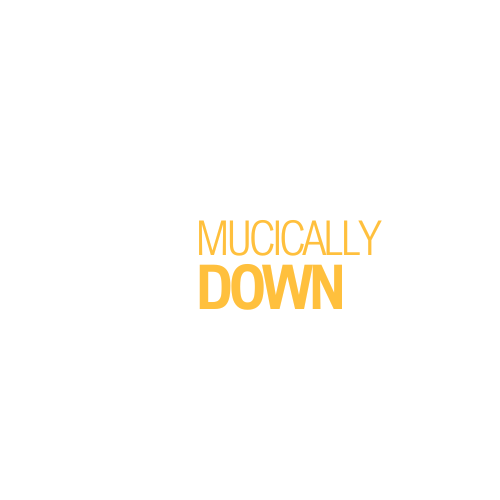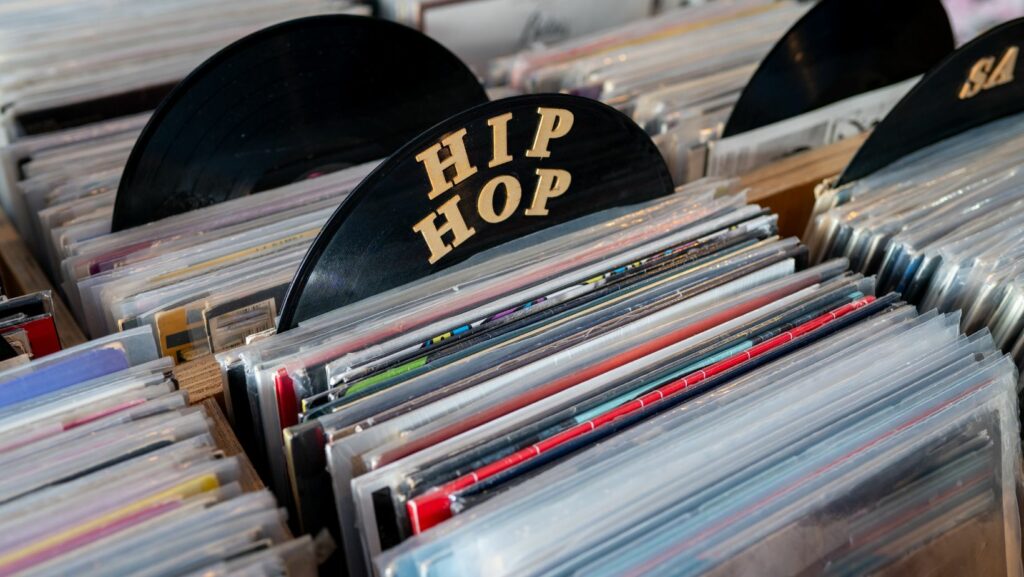Hip hop’s rich tapestry has been woven by countless artists, each leaving their unique mark on the genre. It’s a realm where the discography is king, a testament to the artist’s journey, creativity, and impact.
Best Hip Hop Discographies

A hip hop discography, by definition, showcases a catalog of music that a hip hop artist or group has released. It contains every album, single, and mixtape, demonstrating an artist’s progress, artistry, and influence on the genre. It is more than just a list of their works; it is an evolving testament to their creative journey, merits, and contribution to the genre. Here’s a detailed exploration of what makes a standout hip hop discography and how the styles of hip hop music have evolved over the years.
Evolution of Hip Hop Music Styles
Hip hop music, often seen as a monolith, is a beautifully complex and evolving realm of numerous styles and sub-genres. Born out of social and political upheavals in the 1970s, it has since branched out into a mosaic of styles, such as gangsta rap, conscious hip hop, trap, and more.
- Old School Hip Hop: Born in the streets of New York, old-school hip hop in the late 70s and early 80s was characterized by relatively simpler beats, upbeat melodies, and socio-political messages.
- Gangsta Rap: Emerging in the mid-80s, gangsta rap shone a light on inner-city hardships, crime, and reality, appealing to a raw, more emotive audience.
- Conscious Hip Hop: Coming into its own in the late 80s, conscious hip-hop is marked by its socially-aware, reflective, and often political lyrical content.
- Trap Music: Originating in the South in the late 90s, trap music is characterized by its use of double or triple-time hi-hats, heavy kick drums, and lyrical themes surrounding life in ‘the trap’ or the American South.
Criteria for Evaluating Discographies

A comprehensive review of hip-hop discographies hinges on four integral considerations: Quality, Innovation, Influence, and Longevity. Quality refers to the artistic merit of each album within the body of work, focusing on lyrical depth, production polish, and overall cohesion. For instance, Kanye West’s discography reflects this criterion due to its consistent production quality. Innovation, as seen in OutKast’s discography, appreciates the introduction of new concepts, sounds, or styles.
The Influence factor assesses how much a discography has shaped or altered the course of hip-hop, akin to the work of Notorious B.I.G. Lastly, Longevity acknowledges the artists’ ability to produce relevant and impactful music over an extended period, as exemplified by Jay-Z’s music career. These four criteria construct a solid framework for evaluating the best hip-hop discographies, thereby ensuring a holistic assessment of an artist’s musical trajectory.
Top Hip Hop Discographies

Adopting the framework mentioned above, let’s examine some sterling hip hop discographies that set the benchmark in hip hop music. Nas, an award-winning rapper famed for lyrical sophistication and vivid storytelling, undoubtedly presents a compelling discography. Track records like ‘Illmatic’ offer Innovation, with many critics heralding it as a game-changer for hip hop.
Alternatively, Public Enemy, acclaimed for politically-charged albums, has certainly left a significant Influence. Discographies such as ‘It Takes a Nation of Millions to Hold Us Back’, embody bold narratives, affecting hip-hop and broader socio-political dialogues.
Analyzing Influential Albums
Hip hop’s rich tapestry wouldn’t be as vibrant without the creative brilliance of artists like Jay-Z, Nas, and Public Enemy. Their discographies stand as testaments to their influence, innovation, and longevity in the genre. They’ve pushed boundaries, set trends, and left indelible marks on the hip hop landscape. Jay-Z’s longevity, Nas’ innovation, and Public Enemy’s influence are benchmarks for aspiring artists. Kanye West, Dr. Dre, and Kendrick Lamar are also noteworthy for their unique styles and genre contributions. These are the pillars that define the best hip hop discographies. They’re the yardsticks against which we measure the genre’s past, present, and future.

